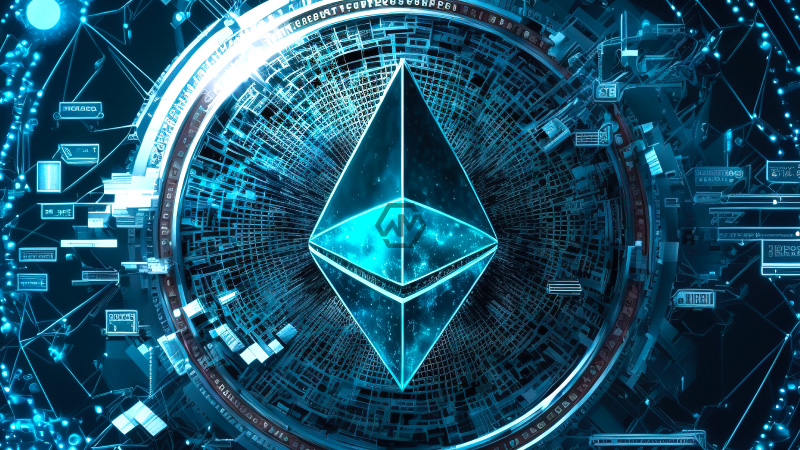- September 2022 saw the introduction of Ethereum gas fees.
- Refunds for gas fees are created when the gas fee used in an Ethereum transaction is not utilized.
- Refunds for gas fees became even more important when DeFi apps were more widely used.
September 2022 saw the introduction of Ethereum gas fees, which serve as a kind of compensation for miners who process and verify transactions on the network. Refund policies have arisen to shield users from unnecessary gas fees as transactions get more complex and frequent.
Refunds for gas fees are created when the gas fee used in an Ethereum transaction is not utilized. This is comparable to the cash we get back when our flight is canceled or our ticket purchase goes through.
Ethereum Gas Fees
Refunds for gas fees became even more important when DeFi apps were more widely used. Transactions increased in frequency as DeFi applications gained traction, and sophisticated smart contracts needed high gas costs. Users anticipate a refund option in these situations to protect their unused gas fee from a purchase, and a gas fee refund is a good fit.
In October 2017, the Byzantium hard fork introduced the idea of Ethereum-gas refunds. It guarantees users’ payment following an unsuccessful or partial transaction.
In general, gas refunds are computed as the difference between the real gas limit and the gas utilized in a transaction. If a user consumes less gas than is necessary, the extra gas will be reimbursed to their account.
Gas refunds are a big deal for the blockchain industry, and as the Ethereum ecosystem expands, the value of these refunds will keep driving the network’s development in the years to come.
Setting a lower gas price entitles users to reimbursement for gas costs; if the transaction is part of a block with a lower gas limit, this could yield a good refund value. However, Ethereum has a fixed limit on Transactions Per Second (TPS), and greater gas prices make it more likely that a miner would process the transaction.
Refunds for gas help users in the Ethereum network by lowering congestion, offering reimbursements for unsuccessful or canceled transactions, and enhancing user experience. Now that they are assured that their money will eventually return to the source account if a transaction is canceled, users can utilize the network’s services without fear.
In conclusion, gas charge reimbursements have helped both developers and users; however, they should be aware that this benefit is not free and may change or even disappear in the future based on how the ecosystem responds.



